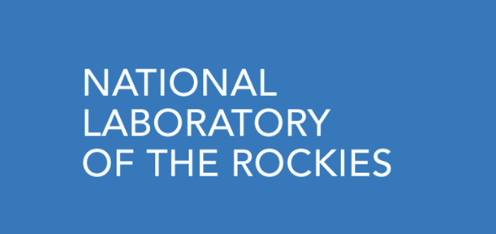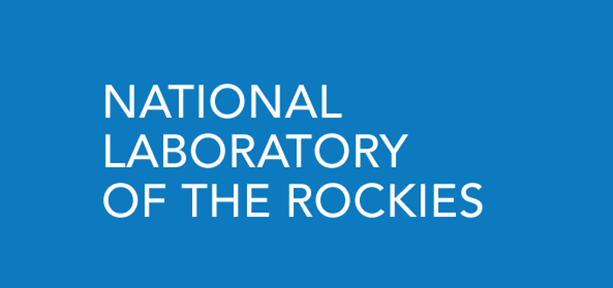NREL Conversion TEA Models (NREL-TEA)

Abstract:
NREL-led techno-economic (TEA) modeling for the conversion of biomass to fuels and/or products via various feedstock/conversion pathways. These TEA models include: Algae Combined Algal Processing TEA (CAP), Deconstruction of Biomass to Sugars and Catalytic Conversion of Sugars to Hydrocarbons TEA, Lignocellulosic Biorefineries via Biochemical Conversion TEA, Aviation TEAs, Bioproduct TEAs (Agile Biofoundry), Catalytic Fast Pyrolysis TEA (CFP TEA), Indirect Gasification and Methanol Intermediate to High Octane Gasoline TEA (IDL). Waste to Energy TEA (WTE) (both wet organic wastes and gaseous wastes), and Marine TEA.
Model/Tool Platform:
Aspen Plus/Excel
General Modeling Type:
Engineering process
Primary analytical purpose:
Techno-economic analysis:
Technical and economic analysis of technologies or systems of technologies.
Secondary analytical purpose:
Feasibility/Implementation assessment:
Assessment of the feasibility or implementation of technologies and feedstocks in terms of operations or in the context of their landscape or market.
Metric categories:
- Environmental:
- Air Quality (non-GHG emissions)
- Environmental Productivity (feedstock-related, e.g., NPP or yield)
- GHG Emissions
- Water Impacts (quality and/or quantity)
- Socio-economic:
- Net Energy Balance
- Process Productivity (conversion-related, e.g., yield)
- Techno-economic Impact
- Other Socio-economic (e.g., GDP impact, Investment/NPV)
Geospatial resolution:
National
Temporal resolution:
Years
Laboratory:
NLR - National Laboratory of the Rockies
Principal investigator:
Ling Tao
Model start year:
2013
Model last updated:
2020
Development status:
Fully Developed with periodic updates
Level of validation/review:
External Peer Review
Links:
Model scope:
Biomass Supply
Feedstock Logistics
Conversion
Distribution
End Use
- Feedstock Types
- Starch
- Sugar Crops
- Oil Crops
- Cover Crops and Hay
- Agricultural Residues
- Herbaceous Energy Crops
- Forest Residues
- Forest Resources
- Woody Energy Crops
- Solid Wastes (e.g., MSW, C&D, yard trimmings)
- Algae
- Wet Wastes (e.g., wastewater sludge, animal manure, food waste)
- Fats, Oils, and Greases
- Landfill Gas
- Other Feedstock (not listed)
- Conversion Technology
- Starch to Sugars
- Lignocellulosic Biomass to Sugars
- Lignocellulosic Biomass to Gaseous Intermediate
- Lignocellulosic Biomass to Biocrude Intermediate (TC)
- Waste to Biocrude Intermediates (HTL)
- Waste to Gaseous Intermediate
- Biomass-Based Oil Extraction
- Syngas Catalytic Upgrading
- Sugar Catalytic Upgrading
- Oil Catalytic Upgrading
- Sugar Biological Upgrading
- Syngas Biological Upgrading
- Alcohol Catalytic (e.g., ethanol or isobutanol to jet)
- Algae to Sugars
- Algal Oil
- Algae to Biocrude Intermediate (HTL)
- HEFA
- Other
- Products/Process Outputs
- Transportation Fuels - Biodiesel
- Transportation Fuels - Ethanol
- Transportation Fuels - Renewable Diesel
- Transportation Fuels - Renewable Gasoline
- Transportation Fuels - Renewable Jet
- Other Transportation Fuels
- Renewable Natural Gas
- Biopower
- Intermediate - Sugars
- Intermediate - Clean Biomass-based Crop Oils
- Intermediate - Clean Biomass-based Algal Oils
- Intermediate - Pyrolysis or Biocrude Intermediate
- Intermediate - Syngas
- Bioproducts
- Other Process Output
- Transportation Market Segment
- Light Duty Vehicles
- Heavy Duty Vehicles
- Trains
- Aviation
- Marine
1
2
3
4
Analytical Purpose
Supply Chain Elements
Biomass Supply
Feedstock Logistics
Conversion
Distribution
End Use
Information last updated: Mar. 10, 2020 14:54:52 EDT
